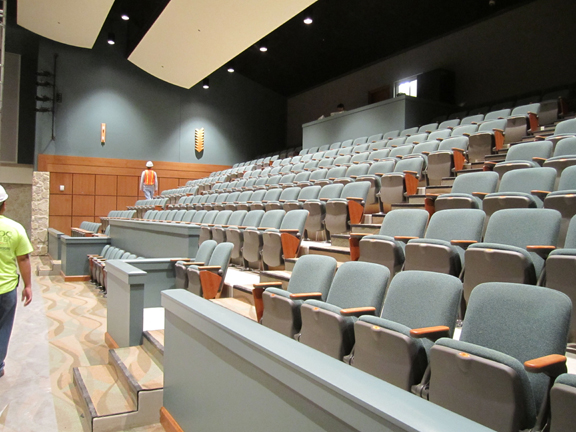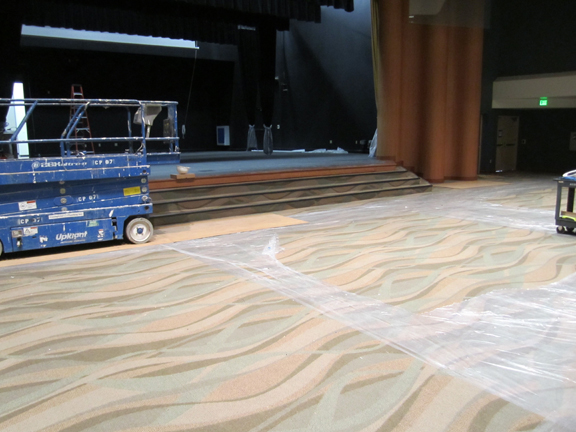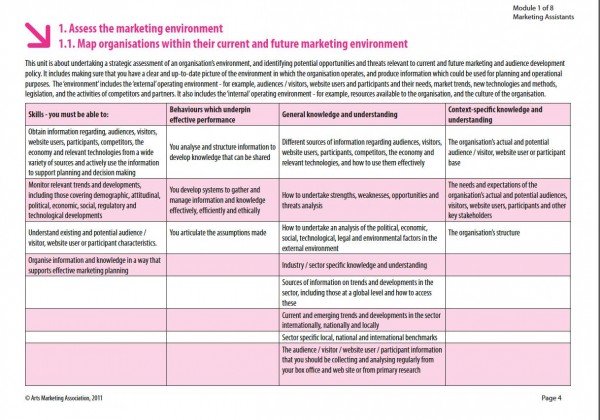I just got around to reading up on some of the new granting program initiatives the Doris Duke Charitable Foundation has recently announced.
In the interests of correction right from the start- Contrary to what I retweeted last week, the Doris Duke Leading Artists program is not their version of the MacArthur genius grants. Program director Ben Cameron explicitly makes that point. Sorry about that.
There were a number of things Cameron wrote that I was pleased to see a major foundation acknowledging (my emphasis):
Does project support force an artist to follow through with the production of a work that may be, after exploration, of less interest or less feasible than originally envisioned? Do regrant programs by their very nature favor projects that can garner consenus from a panel (a sort of comfortable middle) and disadvantage less conventional, more extreme or riskier work that an artist might wish to do? How can programs encourage more artistic risk while still acknowledging and supporting “failure” or “dead ends” that can be celebrated for their lessons, without necessitating further investment of production resources? With so many grants offered at nominal levels, how can an artist piece together a life of economic dignity? And now, with so many artists approaching their latter years, financially unprepared for retirement, have we been derelict in not supporting longer-term artist life needs and more aggressively helping artists prepare for this phase of life?
In an earlier paragraph, he acknowledges that foundations often establish long term relationships with organizations, but infrequently with artists, even those who are well established. In a later section, he refers to the amount of gratitude artists exhibited upon receiving an additional $10,000 no strings attached grant as “frankly, depressing in the knowledge that an unrestricted grant of $10,000 could be both so extraordinary and so life-changing for so many.”
One of the problems that I and other blogs have frequently discussed is that grantees often feel like they have to report everything turned out as good, if not better than anticipated in the grant proposal. If only grants did have the magical power to contravene the effects of real life, they wouldn’t be needed as frequently and in as large sums as they are. I was pleased to see a funder say they realized what the reality was. Overall, I was happy to see that they had decided to make a commitment to bolstering support to artists into their retirement.
The only thing that gave me pause was that the foundation decided to select recipients of support in their Doris Duke Leading Artists program from the pool of past grantees. Given that they had started to wonder whether their past selection process might reward mediocrity over risk taking, it seemed a slightly flawed approach. But honestly, there isn’t much alternative to deciding to how to make the awards. Besides, Cameron never suggests that the artists being awarded grants might be lacking in talent, only that the granting process encouraged highly talented people to moderate their ambitions.
The Leading Artist program is the one that most excites me, even though I won’t be remotely eligible. Even though the grant is for less money and there are more requirements for how it is used than the MacArthur genius grant, my claim that it might be much better stems from the potential change it represents in the approach to supporting artists. If successful, this program might become a model for other funders much as the programs of other foundations have provided the inspiration for the three that Cameron introduces.
It may also engender the idea that a healthy artistic practice involves some investment in one’s work, some effort in audience development and some investment toward retirement. (my emphasis)
“Recipients will receive an unrestricted grant of $225,000 over a three to five year period—a schedule to be determined by the artist recipient. An additional $25,000 will be available to the artist specifically to support work around audience connections or development. And a final $25,000 (which must, however, be matched by the artist) will be available for retirement purposes, bringing DDCF’s potential investment to $275,000 per artist.
We’d like to make clear that there are things these grants are not: They are not life-time achievement awards. They are also not “genius” grants, nor are they project grants. They are investment grants, designed to offer support with minimal administrative burden to exemplary professional artists who are dedicated to work in the nonprofit sector and with maximum flexibility and empowerment for the grantees.”
The second program is Doris Duke Performing Arts Fellows “these awards acknowledge that there are artists who have yet to achieve the same level of recognition as their colleagues in the Leading Artist category, but who nonetheless might have significant impact on their fields.” These people will be chosen by anonymous nomination with 20 grants awarded annually for each of the next five years. The awards are scaled down in both time and amount, but are meant to be used for the same purposes – creation, audience connections and retirement.
The third program is somewhat intriguing to me as well. Doris Duke Artist Residencies is meant to address a perceived adversarial relationship between artists and arts organizations by providing funding to essentially find a better way to do things.
“…All of these organizations can create residencies for artists, not only from within their fields but for artists from outside their disciplines. While a theater can clearly request support for a playwright or actor, a dance company can request a dancer or choreographer, and a jazz organization can request a musician, a theatre could instead request a dancer, a dance company could request a playwright, or a jazz organization could request a videographer. This flexibility allows for the possibility of important, cross-disciplinary learning.
…Ours is instead about supporting a partnership between an artist who wishes to explore and reimagine institutional life and behavior, and an organization willing to open itself to that exploration. It is also about reimagining how an organization and an artist connect to their community and supporting a pilot effort to behave in new ways. And, they are about the creative engagement of audiences in ways which give the organization and artist an equal stake.
As such, we recognize that these residencies will not be of interest to everyone. Those looking for a traditional artist in residency program will inevitably be disappointed that this initiative does not support those efforts, even while we support them through other initiatives in our grant portfolio.”
What I appreciate about this program is that it appears to be trying to give artists and organizations some breathing room and security to experiment as partners some new ways to engage audiences. This program will be open to applications some time in Spring 2012.







"Though while the author wishes they could buy it in Walmart..." Who is "they"? The kids? The author? Something else?…